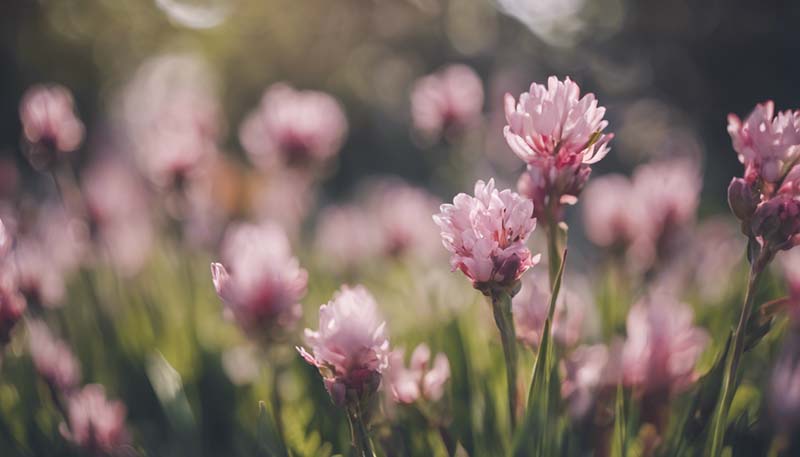Spring Awakening: Caring for Your Seasonal Blooms
Maintenance | 2024-02-08
Spring Awakening: Caring for Your Seasonal Blooms
Spring is a time of renewal and growth, and there's nothing quite like the arrival of seasonal blooms to signal the changing of the seasons. As the weather warms and the days lengthen, your garden comes alive with color and fragrance. However, to ensure that your spring blooms are as vibrant and healthy as possible, they require some careful attention. In this article, we'll explore the essential steps for caring for your spring flowers.
Understanding Your Spring Blooms
Before you start caring for your seasonal blooms, it's important to understand what kinds of flowers you have. Different plants have different needs in terms of sunlight, water, soil, and pruning. Research the specific requirements of your spring flowers to tailor your care routine to their needs.
Spring Cleaning for Your Garden
1. Remove Winter Debris
Start by clearing away any leaves, branches, or other debris that may have accumulated over the winter. This will help prevent the growth of mold and pests that can harm your spring blooms.
Advertisement
2. Prune Dead Growth
Prune back any dead or diseased growth from your plants. This will encourage new growth and allow your spring blooms to receive more sunlight and air circulation.
3. Check for Pests
Inspect your plants for signs of pests or disease. Early detection can prevent larger problems down the line. If you find any issues, treat them promptly with organic or chemical controls as appropriate.
Watering and Feeding
1. Watering Needs
Spring blooms generally require more water than they do in the fall or winter. However, be careful not to overwater, as this can lead to root rot. Water your plants deeply but infrequently, allowing the soil to dry out slightly between waterings.
2. Feeding Your Plants
As your plants begin to grow and bloom, they'll need extra nutrients. Use a balanced, slow-release fertilizer to provide the necessary nutrients for healthy growth and blooming.
Sunlight and Soil
1. Sunlight Requirements
Ensure your spring blooms are getting the right amount of sunlight. Most spring flowers prefer full sun to partial shade. If your plants aren't getting enough light, they may not bloom as profusely as they should.
2. Soil Preparation
Good soil drainage is essential for healthy root development. If your soil is heavy or clay-like, consider amending it with organic matter like compost or well-rotted manure to improve its structure and drainage.
Mulching and Weeding
1. Mulching Benefits
Mulch helps to retain moisture in the soil, suppress weeds, and regulate soil temperature. Apply a layer of organic mulch around your spring blooms to provide these benefits and give your garden a finished look.
2. Weed Control
Weeds can compete with your spring blooms for nutrients and water. Regularly weed your garden to keep your plants healthy and your blooms vibrant.
Support and Staking
Some spring flowers, like tall delphiniums or peonies, may need support to prevent them from falling over under their own weight. Use stakes or a light trellis to provide the necessary support without damaging the plant.
Enjoying Your Blooms
Finally, take the time to enjoy your spring blooms. Whether you're admiring them from your window or strolling through your garden, the beauty and fragrance of spring flowers are a reward for all your hard work.

Remember, gardening is a learning process. Don't be discouraged if your spring blooms don't turn out exactly as you'd hoped. Use each season as an opportunity to learn more about your plants and improve your gardening skills.
Happy gardening, and may your spring awakening be filled with color and life!
Comments